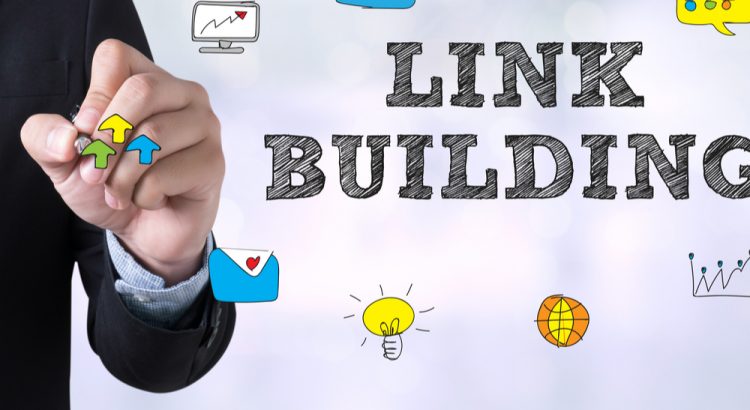Internal linking and hub pages are both SEO power techniques. Even if in theory both concepts may seem intricate, they can reveal to be rather simple once the methods are mastered. Anyway, the key point is that both internal linking and the creation of hub pages are vital features for the success of an SEO strategy.
What exactly is internal linking?
An internal link is a type of hyperlink that connects one web page to another page or resource document on the same domain. It is generally used for navigation. Apart from navigation, internal links help to define the hierarchy of information on a given website and spread ranking power around websites.
How to create successful internal links?
Internal links are crucial for the architecture of a site as search engines need them for listing. And of course, they should be used for relevance and not just for the sale of linking.
Create more content
The more internal links require, logically, the more internal pages. And for this, you inevitably have to create massive and quality content. The more links spread out, the better the linking strategy.
Have an anchor text
To be efficient, your internal linking strategy should spread to useful content. It is recommended to use an anchor text as the main source of links that refer to pages relevant to each other.
What to avoid
Having a cumbersome homepage will do no good. It is better to strengthen internal pages than placing loads of links on the homepage. In this manner, the overall SEO of your site will be boosted. Also avoid links to the top level pages of your site, that is, those pages that are already linked from the main navigation menu. To be more efficient, use links deep in the structure of your site.
Keep links natural for the reader
Your internal linking strategy should be user-focused to add value. Once a reader sees information and value through these links, he will be more likely to click on it. Proper user-focused links improve user engagement, in this sense. And if these links are internal ones, the visitor will definitely stay longer on your site. However, this does not mean that a massive number of links should be created.
What are hub pages?
HubPages is a simple and free platform that you allows you to publish articles to add exposure to your online presence. It even allows users to earn money from those articles, depending on the number of views. Even if your main website is a personal one, you can build a hub page as a side crutch to bring attention. And of course, the more positive exposure, the better for your business.
Why choose hub pages for SEO?
Hub pages can easily be referred to as a pivotal point in the SEO universe. In other words, a hub is a central point for all content on a specific topic. It helps you establish your expertise on a particular subject. Keywords are critical for the success of hub pages.
How to go about?
First of all, you need to create a hub page by explaining your specific keyword and links to your articles relevant to the keyword. Consider adding an introduction to explain what makes you an expert on the topic. The keyword you will be using should be included in the page title, the page heading, and the page URL too. Next, you should tackle the promotion of your hub page by linking it to a very high ranked page on the site. You may equally contact webmasters to request them to link to your hub page.
How internal linking and hub pages triggered success stories and failures
To have a clear and concise picture of the impact of internal linking and hub pages in the SEO strategy, it is wise to take example on existing case scenarios. The World Cup is a perfect event to analyze the SEO strategies that led to striking successes and to disastrous failure.
The success of the Guardian
The analysis includes four months prior to the World Cup. The Guardian’s SEO strategies were very fruitful mainly because much focus was laid on internal linking. Its hub page was repeatedly linked to World Cup related articles. This tactic is used by the Guardian for other topics too. By doing so, the Guardian achieved a consistent ranking on the first page of Google.
The failure of Mail Online
Mail Online failed in its SEO strategy for the World Cup. Data analyzed including four months prior to the World Cup showed that the Google rankings for “World Cup” for the Mail Online kept fluctuating as every new article published was usurping the main landing page. Mail Online failed to signal Google which page it wanted to be ranked in search. This had much to do with the lack of internal linking.
Related articles published in Content Marketing News :
- The era of Content Marketing on LinkedIn
- How to move towards brand-generated content from consumers?
- Tips from the best hotels to manage Instagram
- How to sharpen your content marketing strategy
Image : Shutterstock

